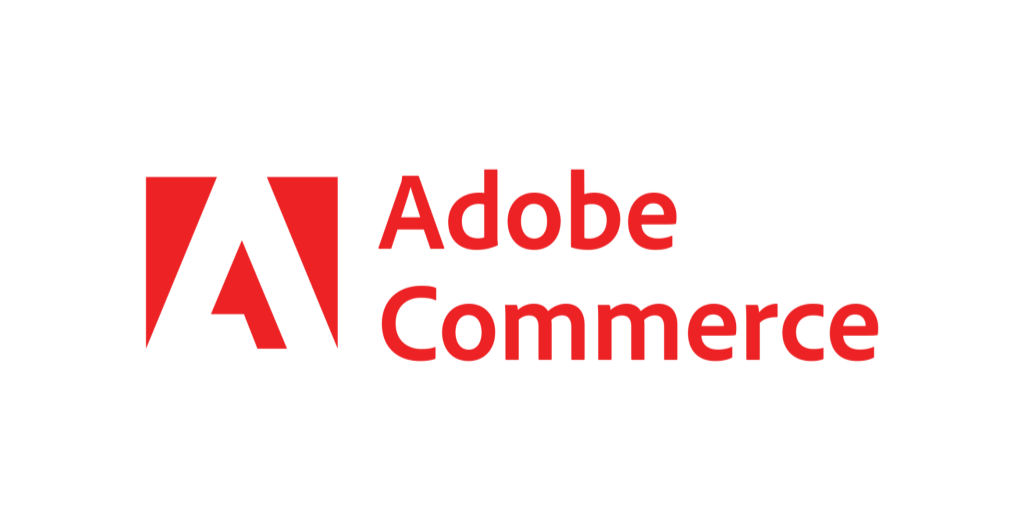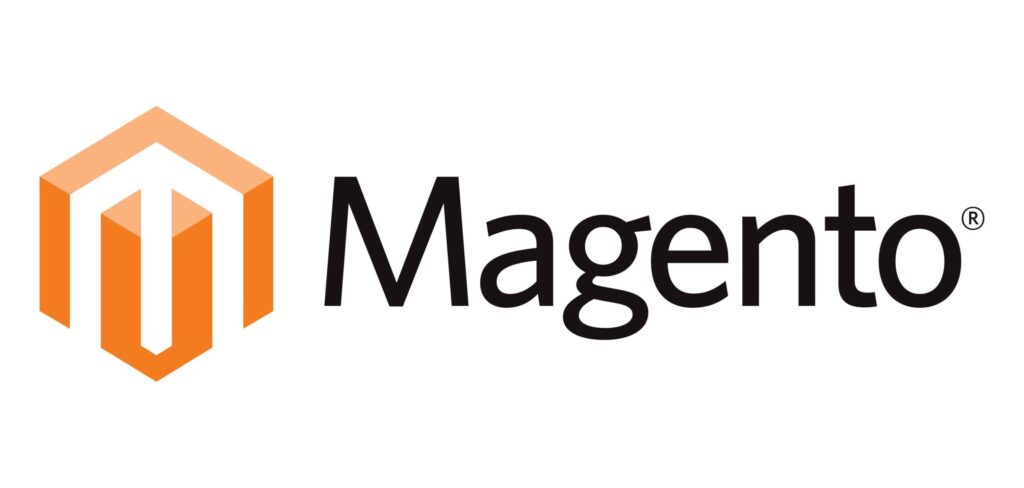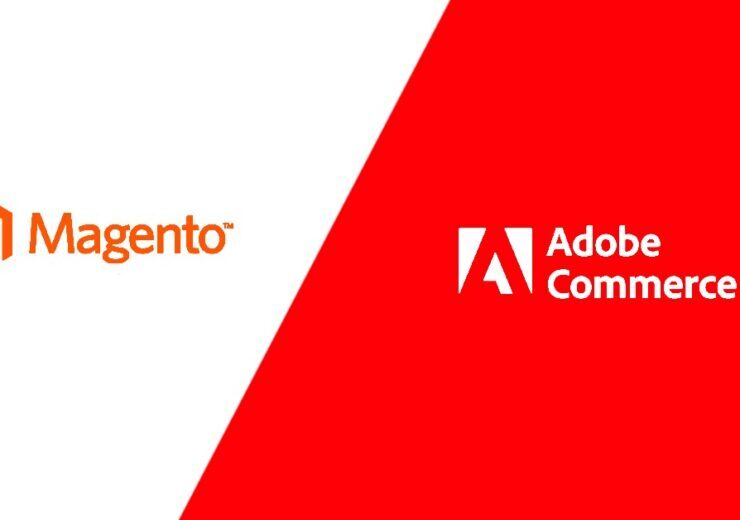Magento Open Source vs. Adobe Commerce: How to Choose

In 2008, Magento emerged as a force in eCommerce and has since become a market giant with a user base surpassing 250,000 companies, including industry heavyweights like Samsung and Nike.
As businesses consider the path to global success, the choice between Magento Open Source and Adobe Commerce takes center stage, particularly in the realm of Magento e-commerce solutions USA.
Beyond a mere choice, selecting between Magento editions is a strategic move in the dynamic world of eCommerce dominance. This decision is pivotal for businesses not only eyeing growth but also sustainable success on a global scale.
This article acts as your guide, unveiling the nuanced differences between the two, providing insights into the specific needs of businesses seeking Magento e-commerce solutions USA.

Understanding Adobe Commerce
Adobe Commerce, formerly Magento Commerce, integrates seamlessly with Adobe’s suite, comprising Advertising Cloud, Marketing Cloud, and Analytics Cloud. Beyond inheriting Magento Open Source features, Magento e-commerce solutions USA offers exclusive advantages for robust business scaling:
- Cloud hosting with enhanced security features.
- Seamless integration with Adobe tools.
- AI capabilities powered by Adobe Sensei.
- Comprehensive B2B and B2C functionality.
- Customer segmentation and loyalty programs.
- Omnichannel experiences connecting online stores and other sales channels.
- Progressive Web Apps Studio for engaging web apps.
- Headless commerce architecture for front- and back-end control.
Despite its prowess, Adobe Commerce poses challenges like high initial costs, technical expertise demands, and a steep learning curve for users.

Understanding Magento Open Source
Magento Open Source, crafted by Varien Inc., is an open-source eCommerce solution characterized by its flexible and modular architecture, providing scalability and user-friendly functionality. Tailored for small to medium-sized businesses seeking autonomy, Magento e-commerce solutions USA delivers:
- Access to tools and the Magento Marketplace for third-party offerings.
- Mobile design capabilities.
- Robust security features.
- Marketing tools for strategic outreach.
- Comprehensive customer management and fulfillment.
While empowering SMBs to establish and expand their online presence, challenges surface in self-maintenance, upgrades, and hosting responsibilities. Despite these considerations, Magento Open Source remains a potent and versatile platform, serving as a robust resource for businesses navigating the complexities of eCommerce.
Magento Open Source and Adobe Commerce
On the basis of features
When contrasting Magento Open Source with Commerce, the key distinctions center around the supplementary features provided by Adobe Commerce. As the paid tier of the eCommerce platform, it furnishes an experience tailored to larger enterprises rather than small and medium businesses.
On the basis of costs/pricing
Magento Open Source offers a free option, but lacks support and security updates, incurring costs for hosting and maintenance. Adobe Commerce involves a license fee but provides advanced tools, cloud hosting, and support, potentially offering a higher ROI with flexible growth. A meticulous cost-benefit analysis is essential for choosing between immediate and long-term business needs.
On the basis of scalability
Scalability is a crucial consideration for Magento 2 Commerce, ensuring optimal handling of increasing transactions, data, and traffic without compromising performance, functionality, or security.
While Magento Open Source suits moderate traffic, its scalability requires manual intervention, posing challenges.
In contrast, Adobe Commerce offers features like a page builder, customer segmentation, loyalty programs, and B2B modules, providing enhanced scalability for businesses anticipating growth and expansion.
On the basis Hosting
Choosing a Magento 2 edition involves considering server space and resource requirements for website maintenance.
Magento Open Source lacks hosting services, requiring users to select and pay for their provider, manage settings, and meet system and security standards.
Adobe Commerce provides two hosting options, including Adobe Commerce Cloud with AWS and On-Premise, offering flexibility based on business needs.
On the basis of B2B and B2C functionality
Adobe Commerce enhances B2C experiences with
- Customer segmentation
- Personalized content
- Loyalty programs
Features like content staging and preview facilitate scheduled changes.
While Magento Open Source suits simpler needs, businesses can seamlessly transition to Adobe Commerce for advanced B2C functionality, adapting to evolving requirements in the dynamic eCommerce landscape.
On the basis of security
Magento Open Source places security responsibilities on users, requiring manual application of patches and compliance with standards.
In contrast, Adobe Commerce automates security measures, offering regular updates, PCI-DSS compliance, tokenization for sensitive data, advanced payment security, two-factor authentication, DDoS protection, and monitoring tools, ensuring a robust and secure online environment.
Conclusion
In summary, Magento Open Source is an ideal, cost-effective, and customizable solution for smaller businesses. Meanwhile, Adobe Commerce caters to larger enterprises with ambitious goals and intricate requirements, providing comprehensive features and scalability. As experts in Magento e-commerce solutions USA, we prioritize your business’s success, offering the expertise needed to thrive in the online landscape.





